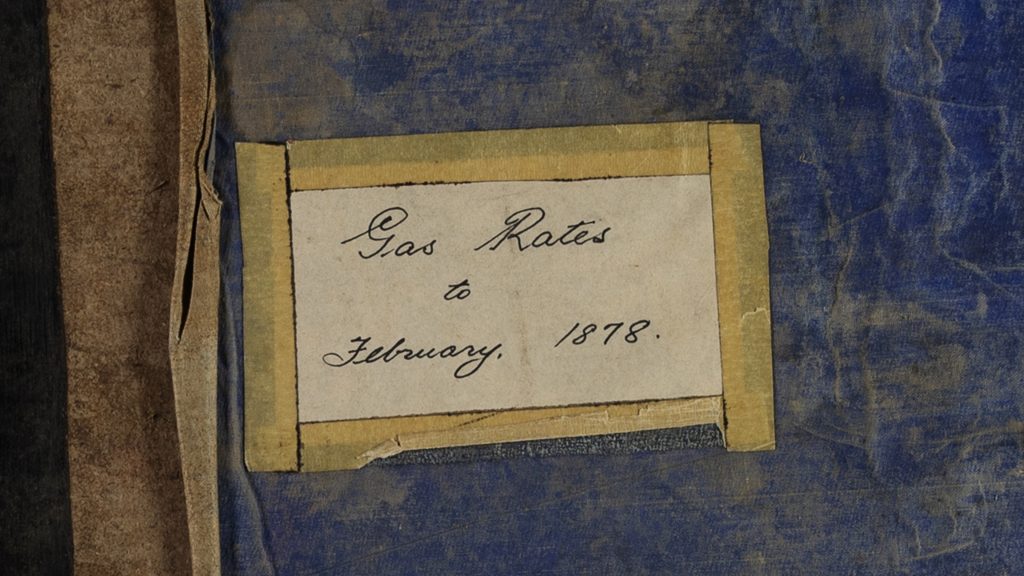
In mid-1876 a committee of men from the West Maitland Borough Council assembled to plan the location of the town’s first 25 gas streetlamps. The Council had passed the decision to install lights as early as 1860 and ten years later, the Maitland Gas Light Company was formed to supply the gas. But someone would […]
Read More…
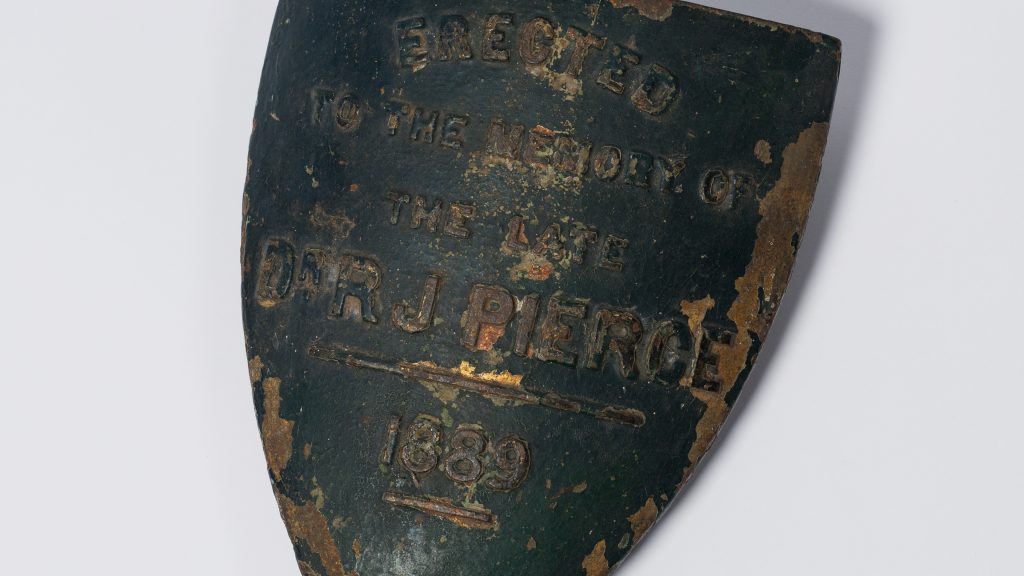
From a prominent place on a public drinking fountain in central West Maitland, this plaque saw many a carthorse approach to lap at the cool water in the trough below and townspeople stop to drink from its bubbling spout. The fountain was installed in 1889 in memory of Dr Robert James Pierce, and the plaque […]
Read More…
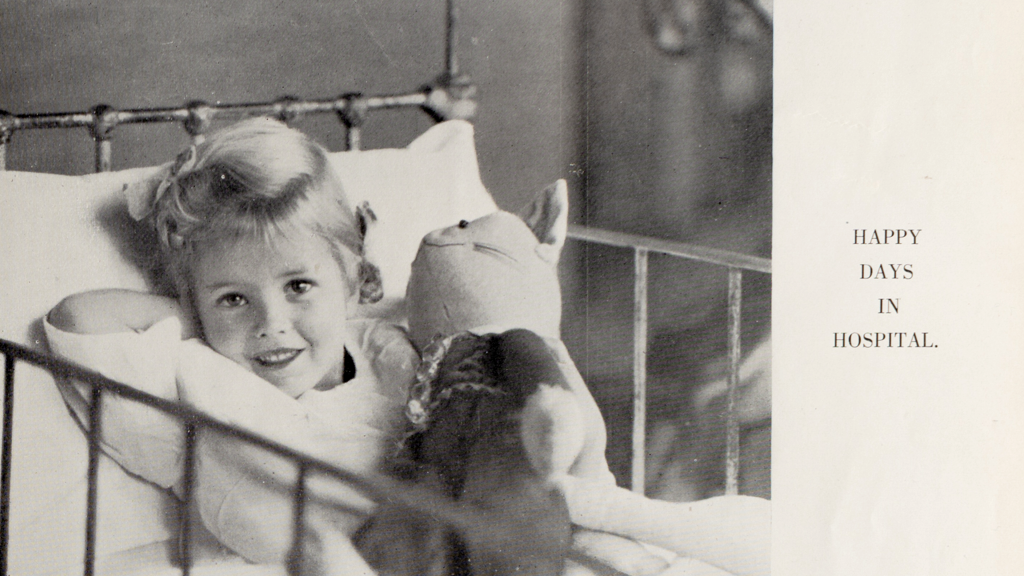
Dressed in well-pressed uniforms, a group of nurses formed a guard of honour outside the new Maitland Hospital outpatients wing on 7 November 1942. Proud to be present at such an historic event, the Governor of NSW, Lord Wakehurst and Lady Wakehurst began by inspecting the guard, then unveiled a plaque to commemorate the hospital’s […]
Read More…
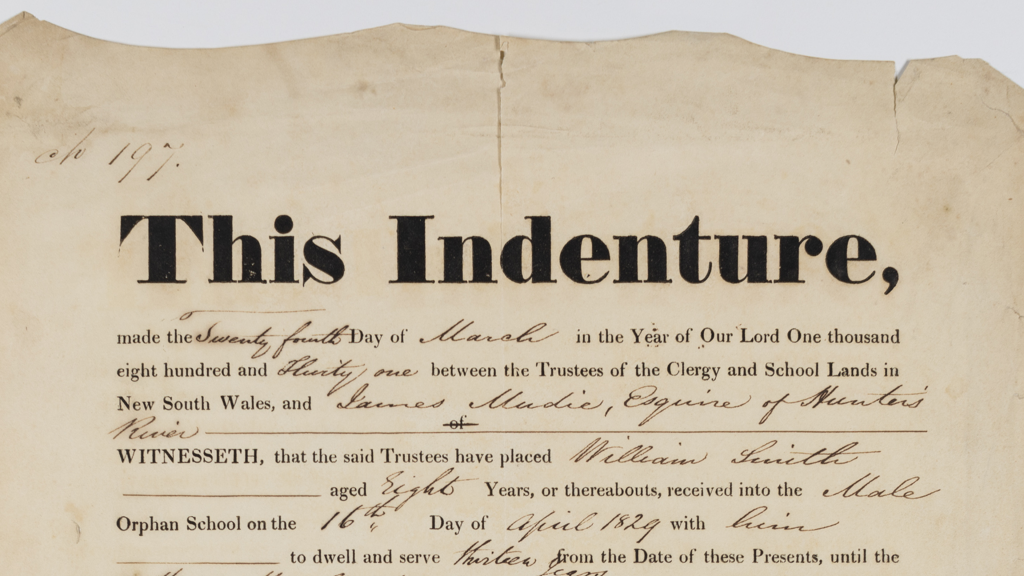
In an office at the Male Orphan School in Liverpool (now Bonnyrigg), on 24 March 1831, a clerk laid a freshly printed form on his desk and, with his pen and ink, filled in the blanks. Somewhere in the rooms of the school that day was an eight year old boy named William Smith. He […]
Read More…
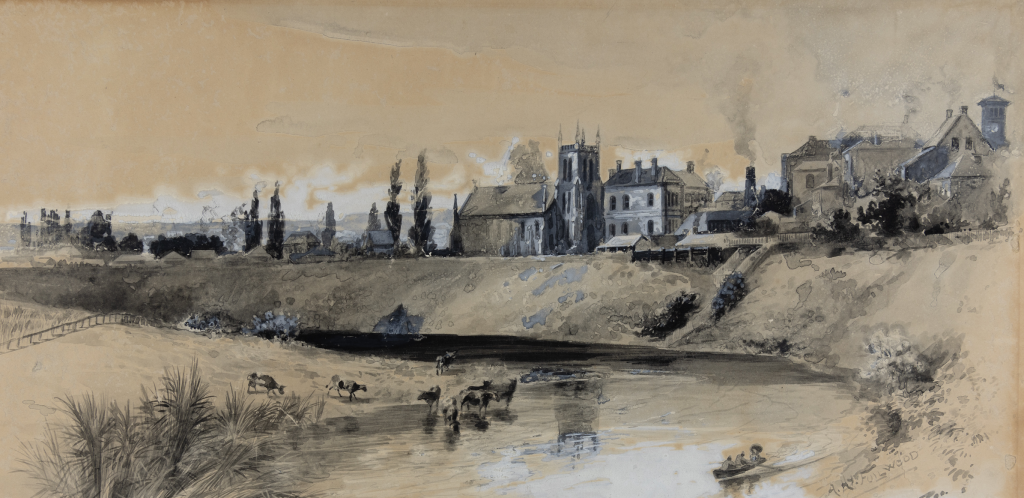
When the young Birmingham artist Arthur Henry Fullwood (1863-1930) arrived in Maitland in 1886, what were his first impressions? Having recently migrated to the colony, Fullwood was commissioned by the Picturesque Atlas Publishing Company in Sydney to travel to the Hunter Region and depict its principal town, Maitland. Among the various locations Fullwood visited in […]
Read More…
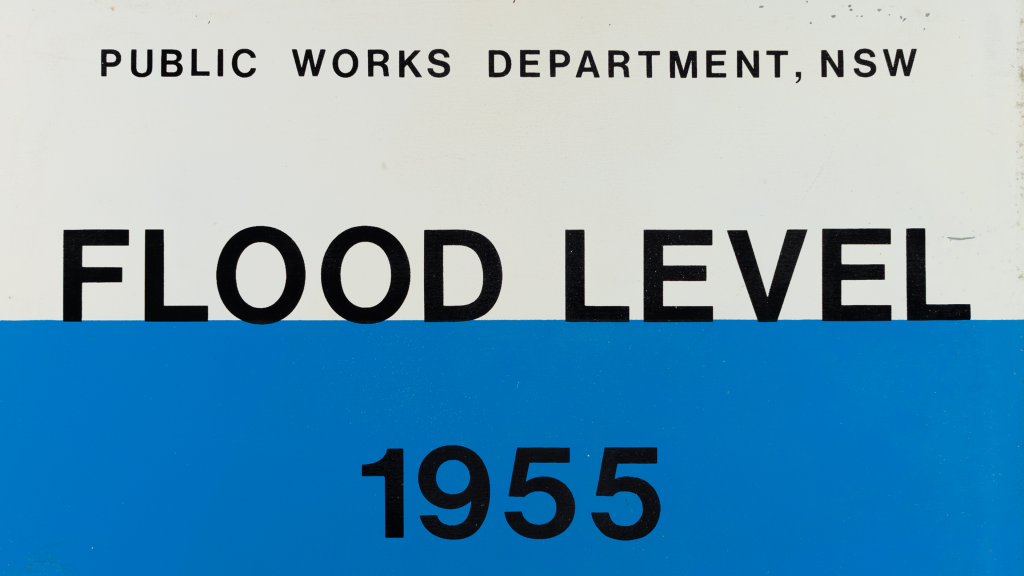
As scientists forecast increasingly erratic weather events and debate ways to effectively reduce the impacts of climate change, it is equally important to look back and learn how communities in the past have dealt with catastrophic weather events such as floods. This flood level marker from Maitland, made in 1982 for installation on electricity poles […]
Read More…
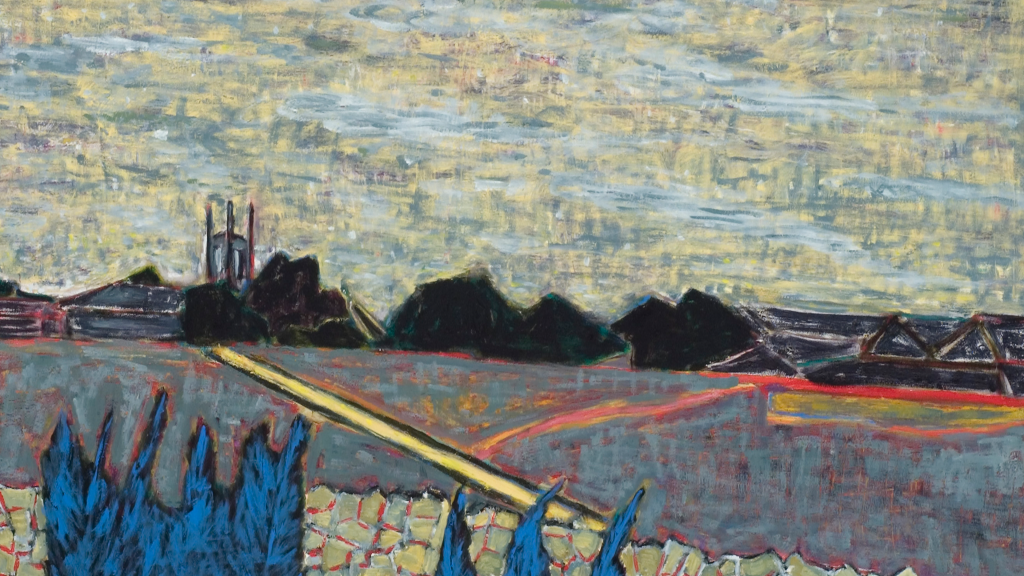
Suzanne Archer (1945-) has been painting the Australian landscape since she arrived here from England in 1965. She won the Wynne Prize in 1994 for her work Waratahs – Wedderburn. Her large, abstract works interpret country through collaged and layered elements that retain some aspects of figuration, such as the trees and horizon lines in […]
Read More…
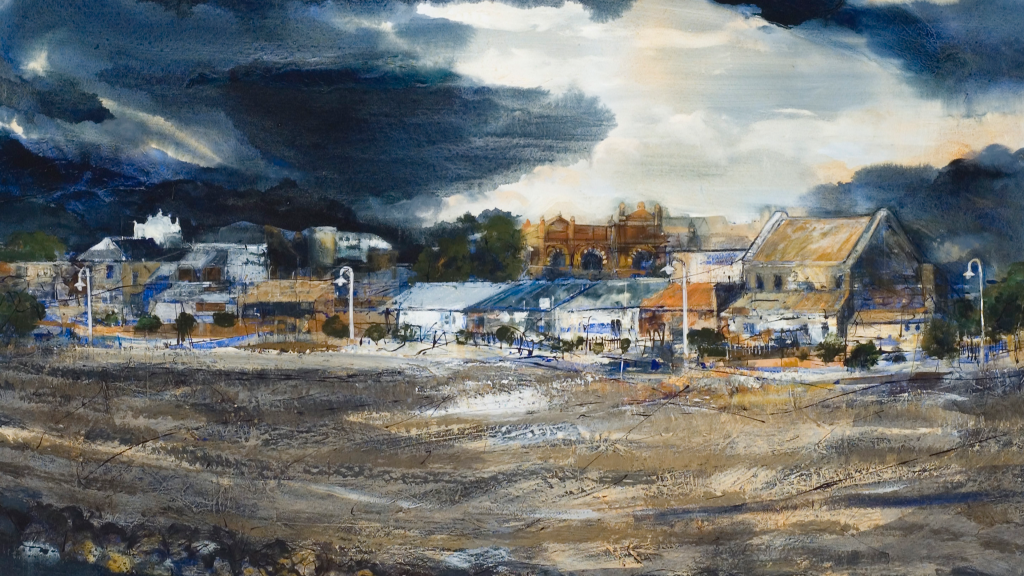
Judith White’s (1951-) view of the Hunter River at Maitland is painted in a most appropriate medium – watercolour. White has used the transparent washes of paint to suggest the smoothly gliding waters of the river and its reflection of the stormy sky above. The massing, dense clouds threaten to burst at any minute with […]
Read More…
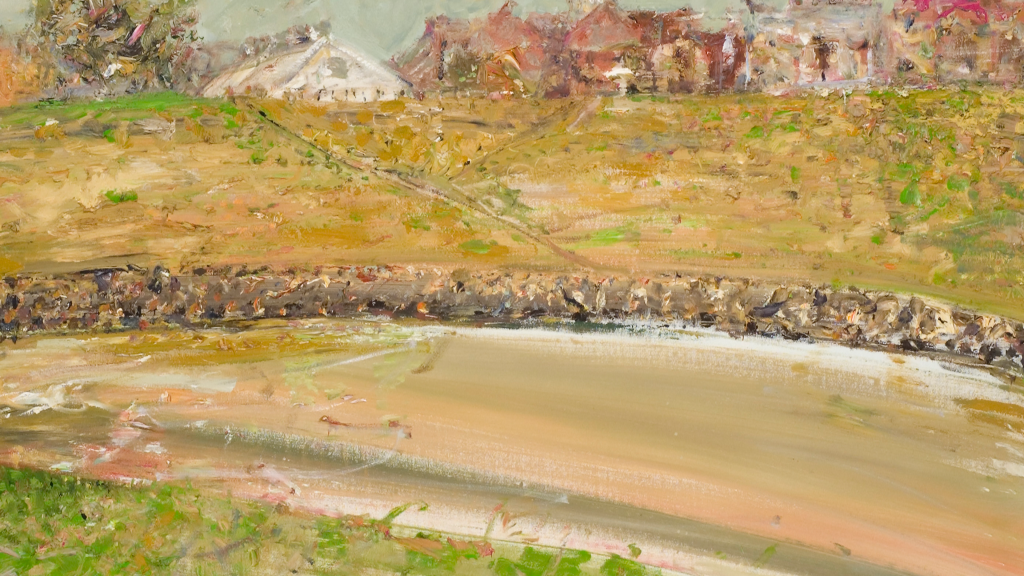
In On the bank John R Walker paints the banks of the Hunter River at Maitland. The rooftops and spires of the city fill the top quarter of the canvas while the expanse of the river dominates the painting’s middle section, painted in swipes of earthy olive to convey the muddy water and its reflection […]
Read More…
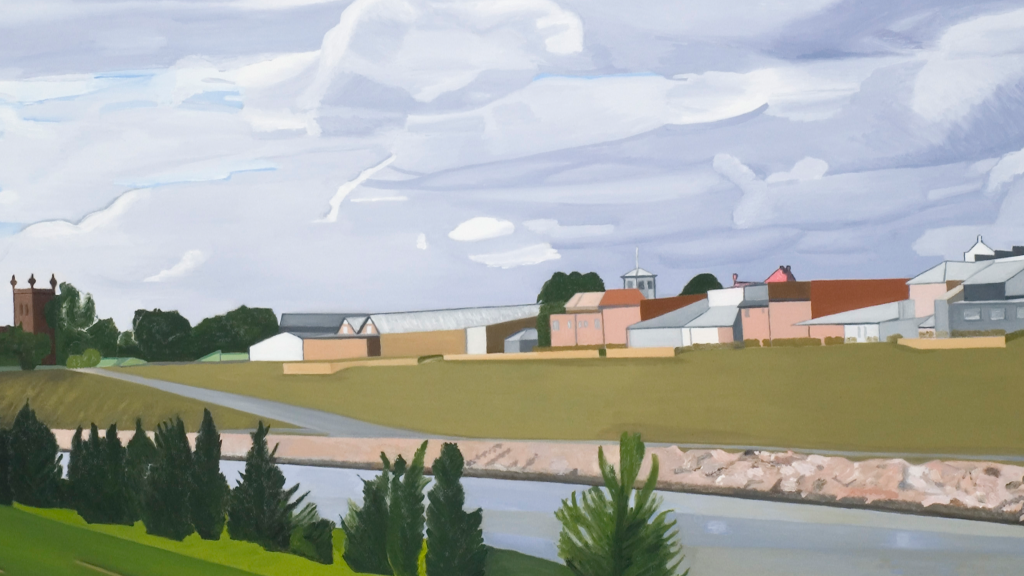
In high-keyed colour and with a light touch, Judith Ryrie (1934-) records an afternoon by the river at Maitland in a style she terms ‘graphic rural realism’. Ryrie is a Sydney-based artist, but she was born in regional Dubbo. Alongside eleven other artists, Ryrie painted this view for the exhibition View of Maitland from the […]
Read More…











